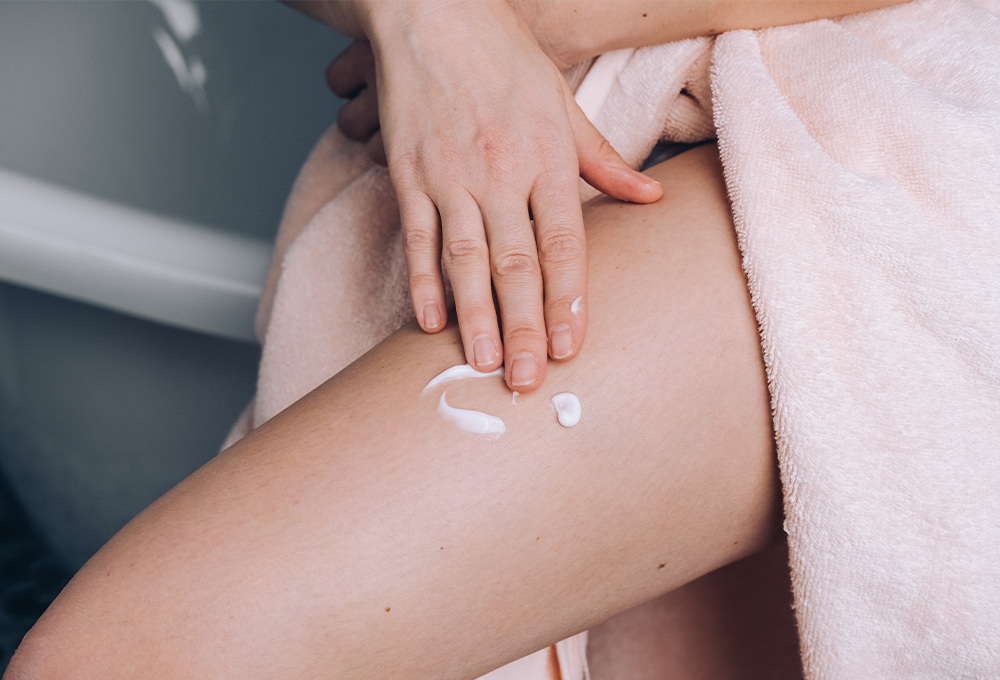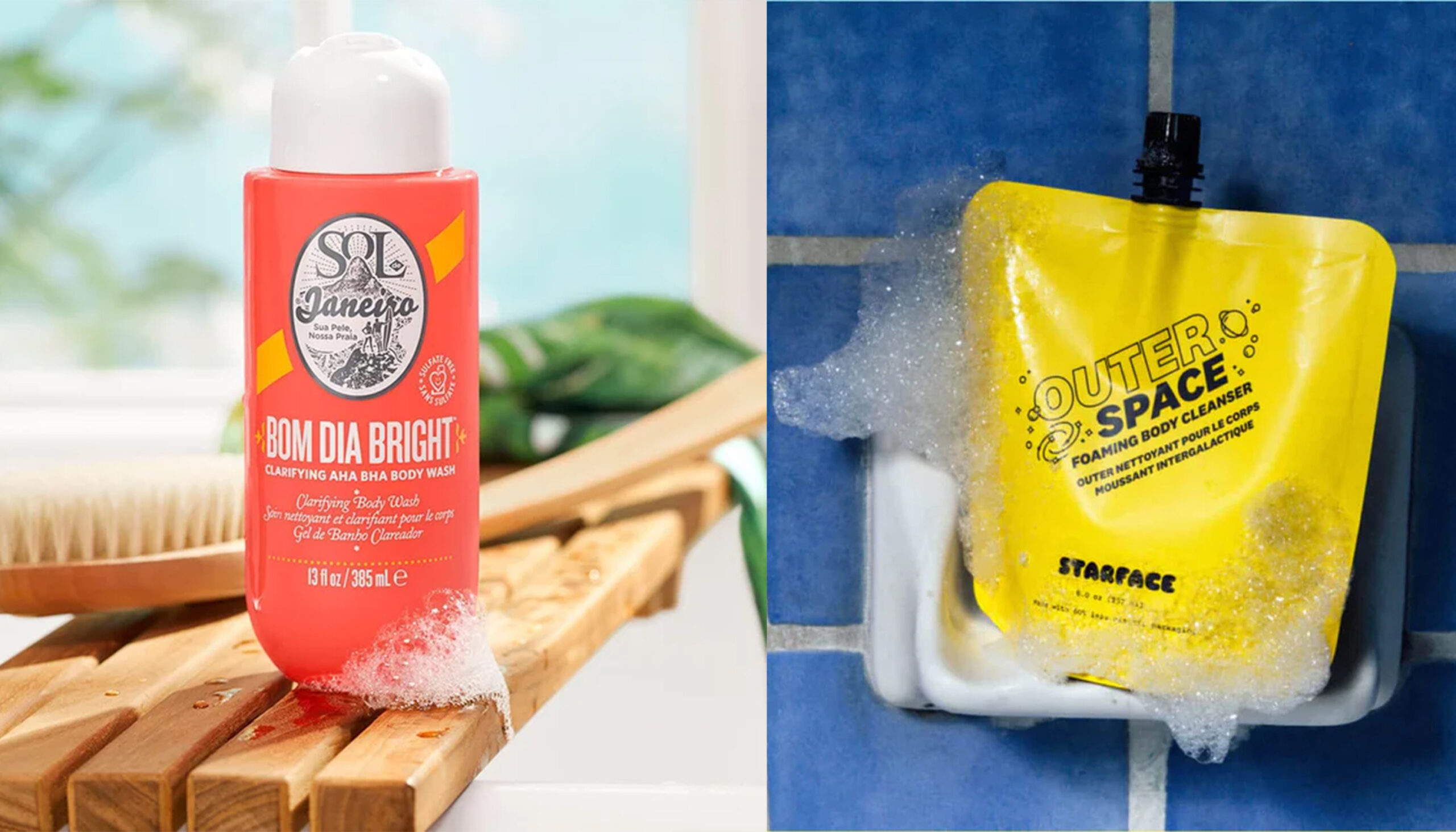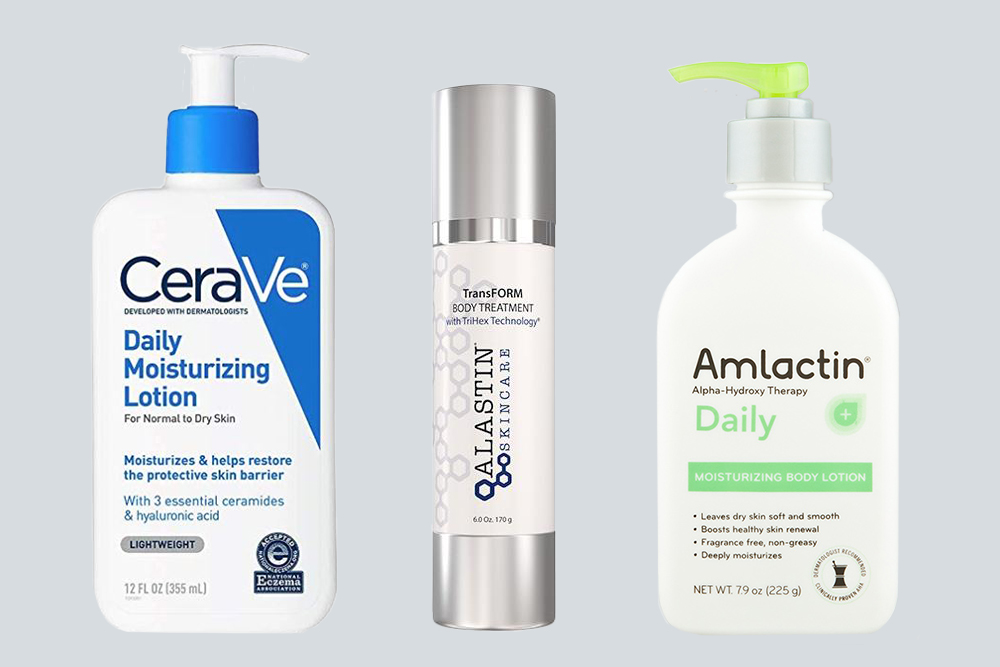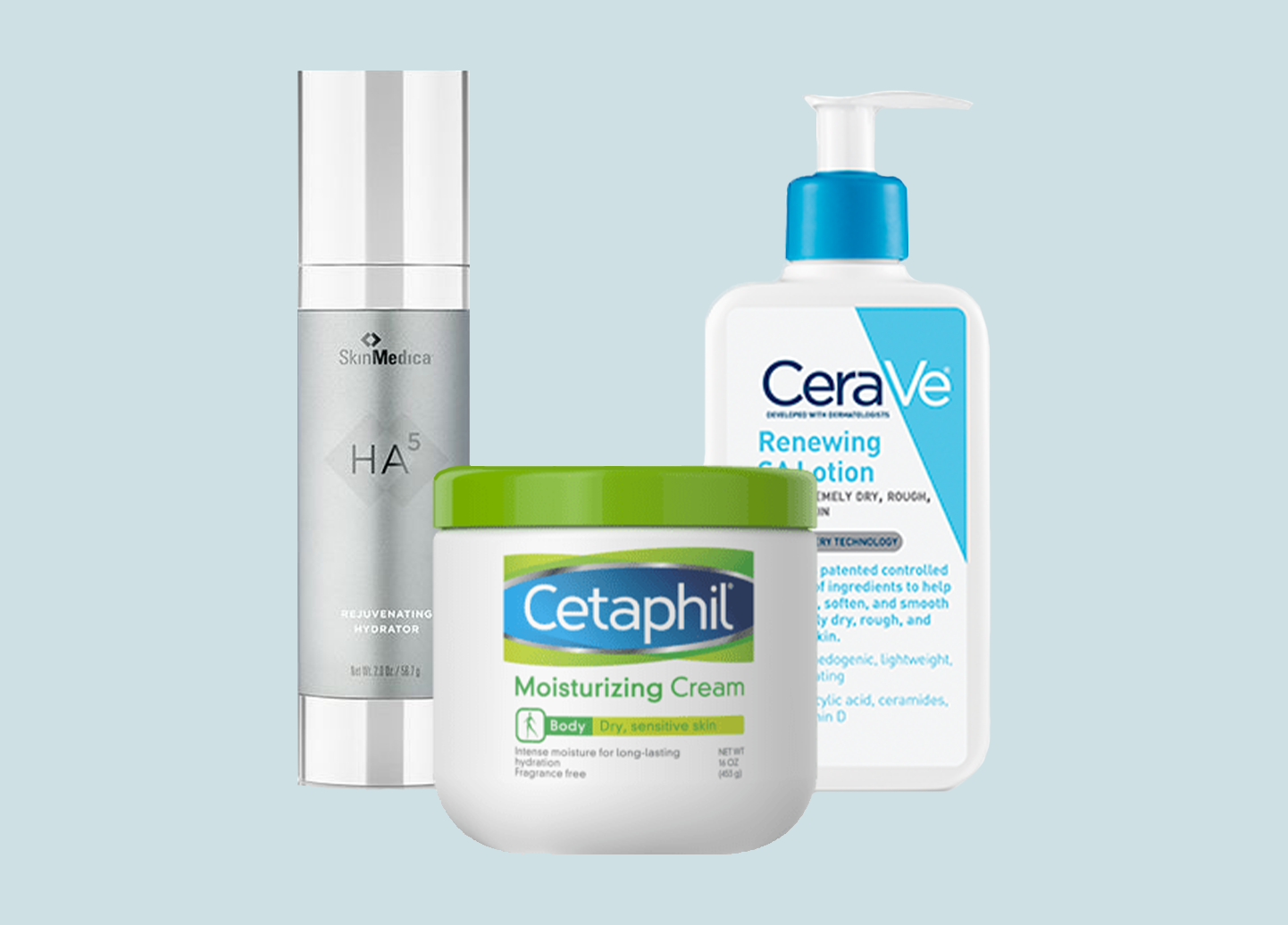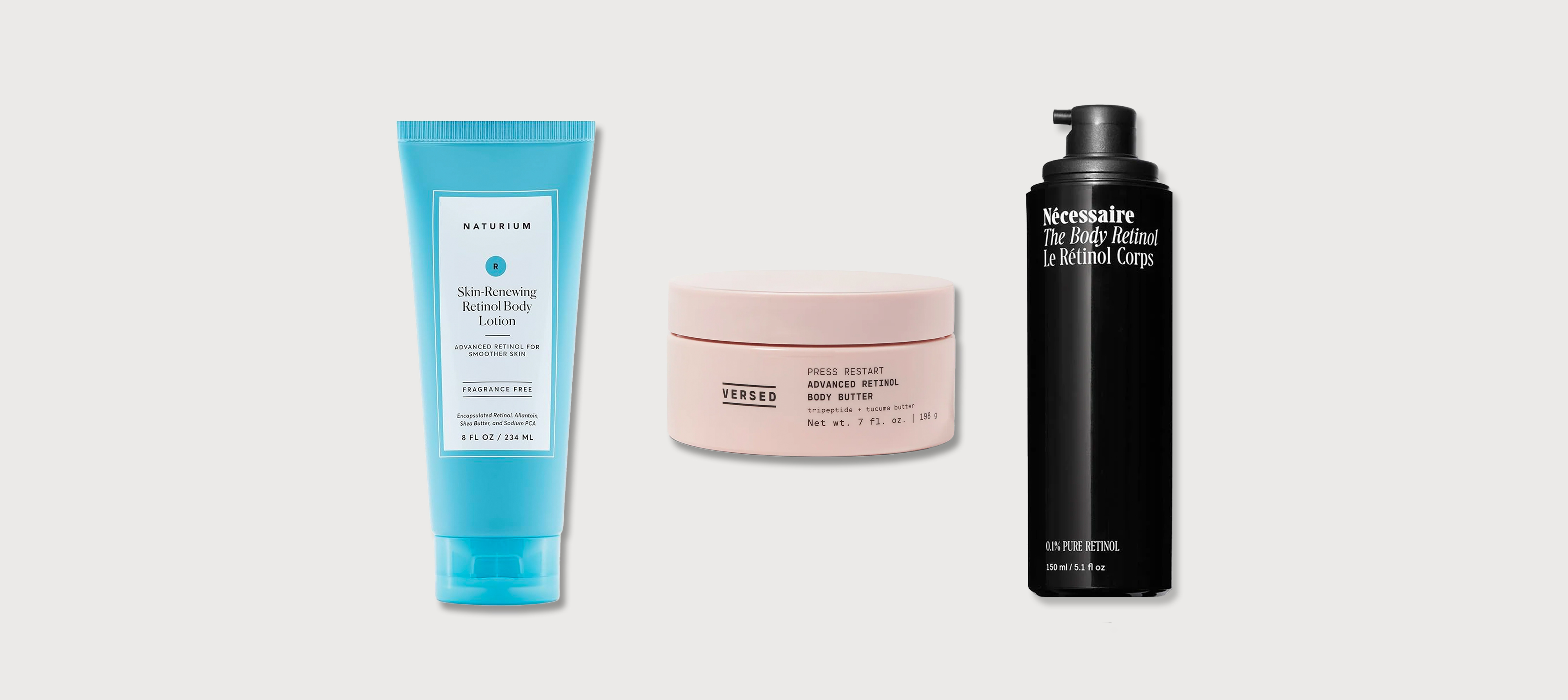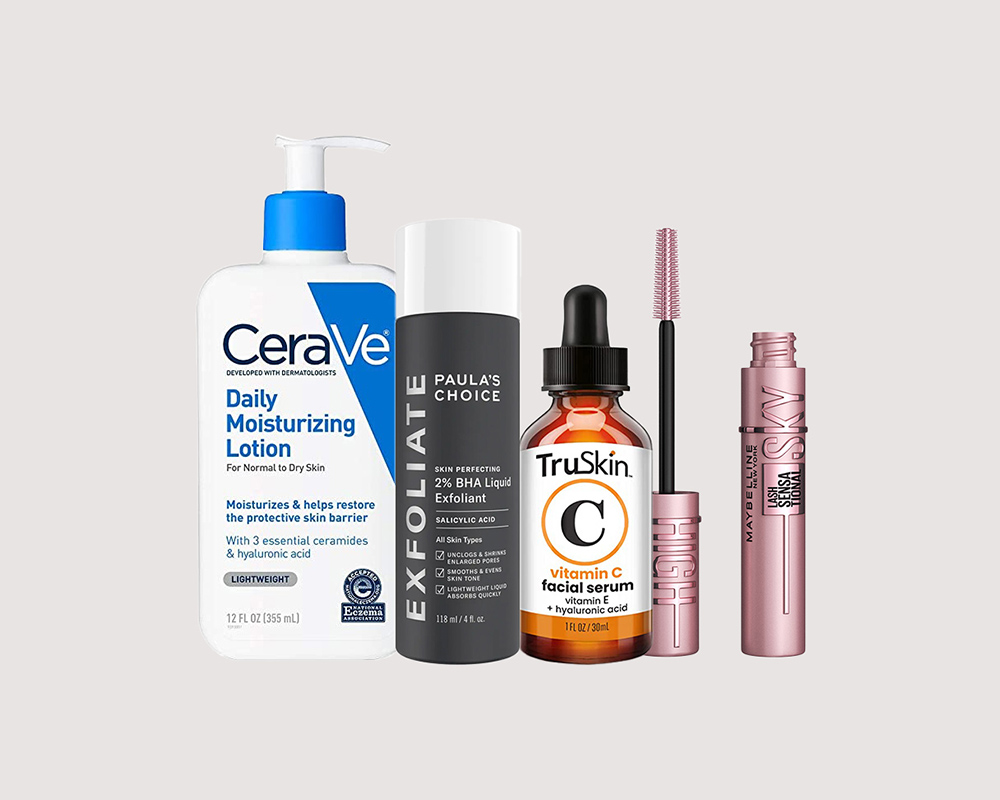I wasn’t much of a body oil person until I was pregnant the first time and a few brands sent me belly oils that I couldn’t live without by the end of my third trimester. Over the course of those nine long months, I tried many different formulas (not just on my belly, but all over), and a few were dry oils. They sank right in, they didn’t make me feel like a human slip-and-slide and they left my skin baby-soft. But what even is a dry body oil, and if it’s so good, why aren’t more brands making them instead of traditional “wet” oils? We find out.
Brian Goodwin, international educator for Éminence Organic Skin Care, says that when considering the differences between dry and wet oil, it has less to do with the actual consistency of the oils, and more to do with how they react when they are applied to the skin. While both oils offer the same moisturizing benefits, “dry oils absorb quickly, feel lightweight, and do not leave residue on the surface of the skin,” explains Regine Berthelot, lead aesthetician and global spa training manager for Caudalie. “‘Wet’ oils, on the other hand, may take longer to absorb, feel a bit heavier and often leave the skin feeling greasy.”
The Best Skin Types for Dry Body Oils
The type of oil you choose really comes down to personal preference, says Berthelot. However, certain skin types may benefit more from one type versus the other.
“Body oils, both wet and dry, are almost always beneficial for most skin types due to their occlusive, moisturizing properties,” says Goodwin. “While both oils are wonderfully hydrating, those battling extremely dry or dehydrated skin may benefit more from a wet oil. Wet oils continue to form a barrier on the skin for longer periods of time, helping to reduce transepidermal water loss. Wet oils are also optimal for those suffering from dermatitis or eczema; however, you’ll want to ensure there aren’t any artificial fragrances, colors or other irritants in their formulation before using them on skin with these ailments. Some examples of oils used in a wet body oil formulation are coconut, jojoba and camellia oils, which each contain sources of fatty acids that take longer to absorb into the skin.”
Wet oils are also preferred for use whenever performing massage treatments that require more glide on the skin, Goodwin notes. “The increased slip avoids potentially damaging friction that could cause bruising, inflammation and micro-tears in the skin, which could lead to accelerated wrinkle formation.”
“Dry oils tend to be preferred as a lighter-weight option for those who are oily and breakout-prone, or for those who prefer to not feel like they are wearing an oil at all,” Goodwin continues. “Due to the nature of dry oils, they usually can also be used as a lightweight, protective, hydrating oil for the hair and nails without leaving an oily residue. Dry oil products are typically formulated with oils from vegetables and seeds, such as avocado, sesame and grapeseed oil. These oils contain a type of fatty acid (linoleic acid) that absorbs more easily, thus not leaving the skin feeling ‘wet’ after application.”
Why Aren’t There More Dry Body Oils on the Market?
There could be a couple of reasons for this, Goodwin says. “One is that companies typically choose to launch and continually produce products that fulfill a need in the market based on consumer demand. It’s possible that skin-care brands have determined that the demand isn’t large enough,” he explains. “When a consumer sees a product labeled and marketed as an oil—whether it’s labeled dry or not—their usual, immediate impression would be that the product will feel ‘oily’ and remain feeling oily on the skin. This would be an immediate turnoff for anyone that is oily and breakout-prone, or prefers to not feel an oily texture on the skin. In many cases, there hasn’t been enough customer education on dry oils and their purpose, benefits and use on oily skin types.”
Another reason, Goodwin speculates, is that there could be more dry body oils on the market than what is reflected by market research. “For example, many lighter-weight body oils are formulated with dry oils, but aren’t officially labeled or marketed as a ‘dry body oil’ product.” This is the case for Éminence’s Wildflower Ultralight Oil ($56), which is a dry oil, but the word “dry” isn’t in the product name. The brand also offers a variety of wet oils, including the Stone Crop Body Oil ($37; a former NewBeauty Award winner), and the new Yuzu Solid Body Oil ($56).
Caudalie’s newest launch, Smooth & Glow Oil Elixir ($49), is also a dry oil, made with grapeseed, prickly pear and sesame oils. “Argan and almond oils tend to be present in wet body oils, and while those ingredients are also in this product, the unique combination of the 100-percent natural oils leaves a hydrating, nongreasy finish on the skin,” says Berthelot. The natural, fig-scented formula is vegan, pregnancy and breastfeeding safe, and can also be used on the hair and nails. “When tested by professional hairstylists, the prickly pear oil in the Body Oil Elixir instantly nourished the hair without leaving any greasy residue.”


